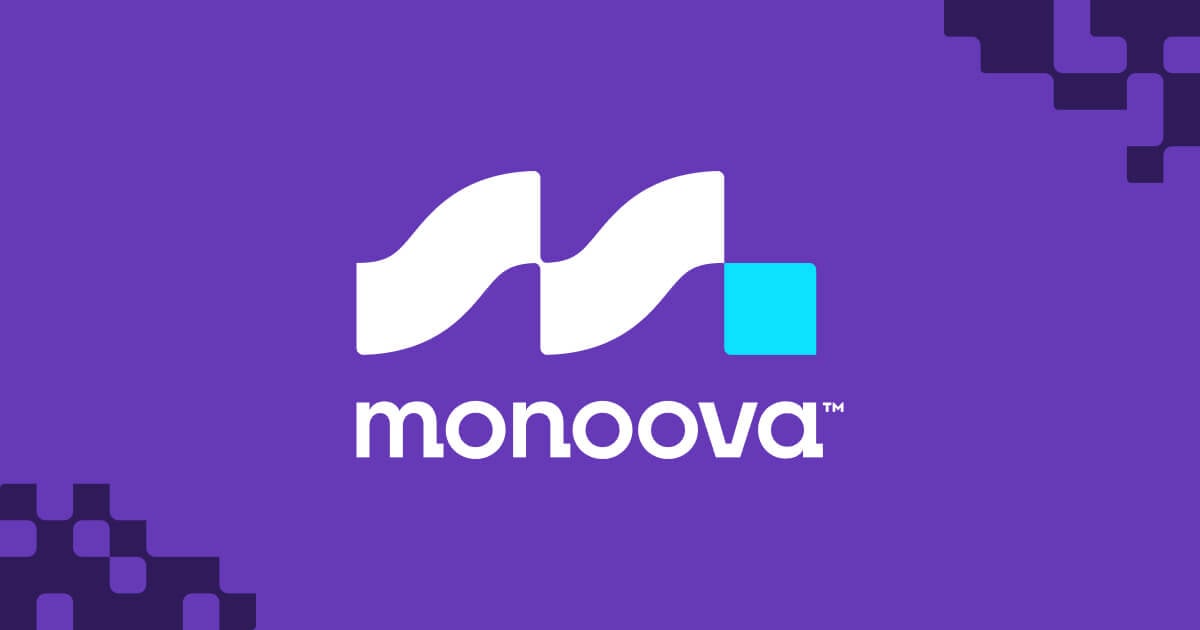Deciding how to finance your startup is a pivotal choice that can shape its trajectory. Most founders grapple with the decision between debt and equity financing rather than opting for slow, self-funded growth.
Debt financing involves borrowing money that must be repaid over time with interest, while equity financing entails selling shares of your company in exchange for capital, potentially giving investors a say in business decisions.
This choice extends beyond financial considerations; it’s a move that influences various aspects of your venture, including control, ownership structure, financial stability, company culture, growth prospects, investor relations, exit plans, risk exposure, and tax implications.
Though debt financing and equity financing may each offer short-term relief, your decision should always align with your long-term vision.
Join us as we delve into the nuances of debt and equity financing to equip you with the insights needed to make the optimal choice for your startup.
What is debt financing?
Debt financing is securing a fixed sum from a lender, which is repaid with interest over a predetermined period. Unlike equity financing, this option does not involve selling any ownership stakes in the company. For startups, avenues for debt financing include bank loans, credit lines, merchant cash advances (MCAs), or bonds.
Debt financing, such as small business loans, can serve as an advantageous funding solution for startups boasting clear and predictable revenue streams that wish to maintain ownership control in their company. However, securing favourable sums, terms, and rates often necessitates high-value assets or an exemplary business credit score.
Pros of debt financing for startups
– Maintain complete control and ownership of the company
– Interest payments are tax-deductible
– Once the debt is repaid, the financial obligation to the lender ceases
Cons of debt financing for startups
– Regular monthly payments may strain cash flow, particularly for startups lacking consistent revenue
– Securing debt can be challenging for startups lacking a solid track record or collateral
– Failure to repay could result in bankruptcy or asset loss
What is equity financing?
Equity financing involves raising capital by selling shares of the company, basically allowing investors to contribute funds in exchange for ownership interest or stocks. This approach is commonly used in early-stage startups and venture capital transactions.
Equity financing might suit your startup if you require substantial capital without the immediate pressure of repayment. It’s also beneficial when seeking mentors and strategic partners to leverage their expertise and networks.
Pros of equity financing for startups
– No obligation for immediate repayment, alleviating financial strain
– Access to investors’ expertise, networks, and additional resources
– Suitable for startups with high growth potential but lacking immediate revenue
– Accessible even without assets or a proven track record
Cons of equity financing for startups
– Dilution of ownership could result in loss of control over business decisions
– Potential for conflicts with investors holding different visions for the company
– The fundraising process can be time-consuming and intricate
– Unlike debt, equity is permanently lost.
Debt vs equity financing: A direct comparison
According to American investor Mark Cuban, maintaining control and ownership of your business is crucial for maximising potential gains. He emphasises the importance of understanding that raising money, whether through debt or equity financing, entails an obligation to repay or provide returns to investors.
Let’s delve into a side-by-side examination to better grasp the distinctions and parallels between equity and debt financing.
Control and ownership
Debt financing is often favoured by founders and small business owners who aim to retain full control over their startup’s direction and operations. However, lenders may impose conditions or constraints that influence decision-making.
Equity financing involves trading a portion of ownership for capital, bringing in investors who may seek a voice in company decisions. This dynamic could lead to conflicts if their vision differs from yours.
Cash flow and profitability
Debt financing presents the challenge of managing cash flows to meet repayment schedules, particularly challenging in early stages when revenue streams are not fully established. This can lead to a focus on short-term financial management over long-term strategic growth.
Equity financing does not entail loan repayment obligations, allowing more resources for growth and expansion. However, it may result in diluted earnings per share and pressure from investors for returns later on.
Long-term financial implications
Debt financing facilitates growth without diluting equity but adds a fixed expense that can strain resources if not managed effectively. High debt levels can limit future borrowing capacity and operational flexibility.
Equity financing alleviates debt-related pressures but can reduce individual control over the business. Additionally, personal gains may be lower relative to a significant increase in the company’s valuation over time.
Risk assessment
Debt financing exposes startups to financial risk, especially if unforeseen challenges affect repayment ability, potentially increasing financial leverage and amplifying gains and losses.
Equity financing reduces the risk of default as there’s no obligation to repay investors in case of business failure. However, it introduces the risk of investor influence, potentially altering the company’s trajectory, culture, and founding principles.
Factors to consider when choosing between debt and equity
Considerations when deciding between debt and equity financing vary widely and depend on factors such as your startup’s specific circumstances, industry, experience, connections, financial status, and growth trajectory.
What works well for one startup may not be suitable for another, and what may have been the right choice for your initial venture might not apply to subsequent endeavours.
Here are some factors to contemplate to help guide your decision-making process:
1. Current financial situation: Assess whether a stable revenue stream and solid credit history make debt financing favourable, or if the early-stage nature of your venture leans towards equity financing, which lacks immediate repayment pressures.
2. Growth stage and future funding requirements: Consider whether rapid expansion, typical of early-stage startups, aligns with equity financing, or if steady cash flows, characteristic of established businesses, make debt a more appropriate choice for targeted growth.
3. Market dynamics and economic climate: External factors such as prevailing interest rates and market sentiment can influence the cost and terms of financing. For instance, debt may be more affordable in a low-interest-rate environment, while a bullish market might attract more equity investment.
4. Strategic objectives and long-term vision: Ensure that your financing decisions align with your overarching goals, whether it involves maintaining control through debt or accelerating growth with equity. Additionally, assess your risk tolerance to avoid undue stress associated with your choice.
5. Impact on company culture and operations: Debt financing typically doesn’t entail relinquishing board seats or significant decision-making authority, whereas equity investors may seek involvement in operational and strategic matters.
Real-world financing examples showcase diverse strategies employed by successful startups over the past decade. Some relied solely on loans, while others secured funding from venture capitalists and angel investors. Notable examples are listed below.
Notable debt financing examples:
– Tesla: Utilised debt financing, including issuing convertible notes, to support operational expansion, including the construction of gigafactories.
– Spotify: Employed convertible debt as part of a pre-IPO financing arrangement with investors.
Notable equity financing examples:
– Facebook: Raised capital through equity financing during its early stages, securing investments from venture capitalists and angel investors, notably including Peter Thiel.
– Uber: Utilised multiple rounds of equity financing from various sources, including venture capital firms and private equity investors.
The decision between debt and equity financing hinges on your startup’s financial health, growth stage, and long-term strategic objectives. Debt financing allows growth while maintaining ownership, while equity financing provides resources and partnerships without immediate repayment obligations. Choose the option that best aligns with your startup’s unique circumstances and future goals.
Conclusion
Whether you’re bootstrapping or securing financing, Third Hemisphere stands ready to empower startups of all sizes, particularly during pivotal moments like capital raises and roadshows.
We provide comprehensive solutions to elevate your brand and amplify your message, including with investors. From strategic communications to targeted media outreach, Third Hemisphere equips startups with the tools necessary to navigate their growth journey seamlessly.










